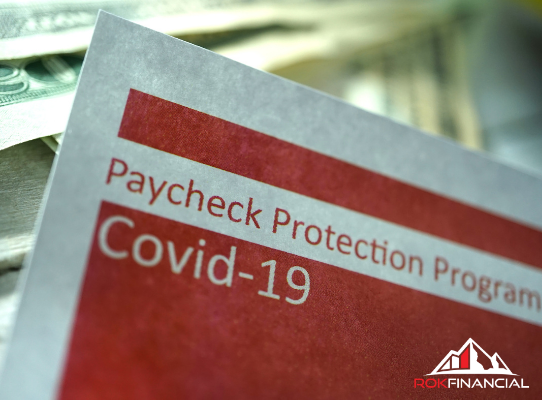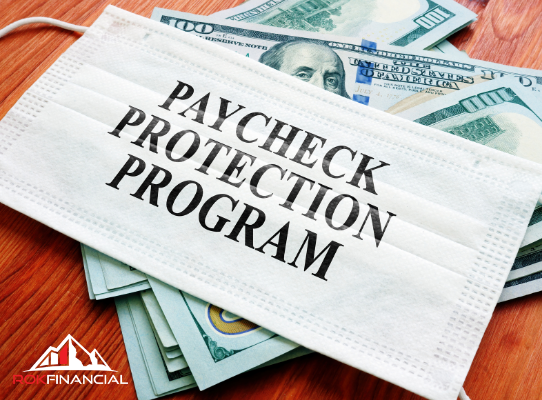If you are a business owner, you know that overnight, financial situations can change. Now more than ever businesses are aware that financing options are often necessary to get restaurants through tough times such as slow seasons, a recession, or global events like the recent pandemic.
Whatever the case may be, looking into restaurant business loans and having a plan in place is always a good idea. Below, we will cover tips for people wondering how to qualify for a restaurant loan, and we will discuss various financing options to help you better decide what is best for your business.
4 Tips To Help You Qualify
If your restaurant business is struggling, it can be challenging to qualify for a restaurant loan. Each business situation is different, and each loan has its own requirements. Below are four tips to help you get started if you are wondering how to qualify for a restaurant loan when business is slow.
- Check Your History
You will need to provide a complete history of your operating practices and your finances for your restaurant. Having adequate experience and documented revenue, spending, etc., will increase your likelihood of receiving a loan.
- Work on Your Credit
Having a good personal credit score and business credit score will enhance your likelihood of getting any loan you might apply for. Work on your credit score to ensure it is high enough to qualify for the loan you need. However, there are options available for those that have less than stellar credit.
- Have a Business Plan
Before you apply for a loan, you need to have a business plan that shows the lender how you plan to be successful and how you plan to repay it. Business plans are required when applying for business loans through a traditional bank. Most alternative lenders do not require a business plan to obtain financing.
- Make Sure You Apply for the Correct Loans for Your Business
Do not apply for a loan that is not right for your needs. Once you take out a loan, it may affect your credit and influence if you can get loans in the future. Be wise with your loans now and only take out what you need.
How To Get Financing For Your Restaurant
The first step to financing is deciding what you need, how much you need, how long you want your loan to be, and what you need to use it for. Once you have determined whether or not you might qualify for a loan, you need to apply. You can either submit an online application or chat with a Business Financing Advisor at ROK Financial.
You will need to provide information about your restaurant, including proof of your operating history, revenue and profits, business credit, personal credit, and assets you have as collateral.
Once you have provided documentation and have confirmed your legitimacy, you will either be approved or denied for the loan.
The Types of Financing You May Qualify For
There are many different types of restaurant loans available for businesses. You will want to thoroughly consider all of your options to decide which one is best for your business. Below are some possible loans to consider.
- Working Capital Loans
These loans are the best overall financing option for most restaurant owners. They are short-term loans that can be used towards any of your expenses and operating costs. The maximum amount is usually $250,000, so they are best for restaurants looking for a fast loan that is relatively small.
- Lines of Credit
Another financing option for restaurateurs is opening a line of credit. It is flexible and offers you access to funding whenever you need it. You can use it for any type of expense. Additionally, you only pay interest on the credit that you use rather than on a full loan amount.
- Small Business Administration Loans for Restaurants
SBA’s are small business loans for restaurants that typically are $50,000 or less. An SBA loan is ideal for a business just starting that has small capital requirements. SBA loan applications often require a lot to qualify for and may take months to receive your funding.
- Financing for Inventory
Inventory financing comes in many different available options and can be used to cover your company’s food costs. It comes in a line of credit, a short-term loan, or a medium-term load. You are limited to purchasing only inventory with this type of loan, but as long as you follow the rules, you can use it how you please.
- Financing for Equipment
Similar to Inventory financing is equipment financing. This is perfect for people, remodeling a location, upgrading their current equipment, or replacing equipment. Equipment loans provide you with the capital you need to upgrade your kitchen equipment. You can finance the total cost of your new equipment, and the equipment itself is used as collateral, so your assets are not at risk. There also may be tax benefits when using equipment financing (consult with your accountant).
Getting Financing When You Have Bad Credit
Qualifying for restaurant business loans with bad credit is possible. The trick is to know where to ask. Banks have to adhere to strict guidelines to lessen risk and protect their customers’ money. With a bad credit score, a bank likely will not lend to you.
If a bank denies you a loan, look to a marketplace business funder or an online business lender to find alternatives. Some of the best loan options for restaurant owners with low credit scores are business cash advances, short-term business loans, merchant cash advances, and business lines of credit. They usually require a minimum credit score of 500, which is poor.
If your looking to obtain financing for your restaurant, you can apply directly with ROK Financial to discuss your options with a Business Financing Advisor.













